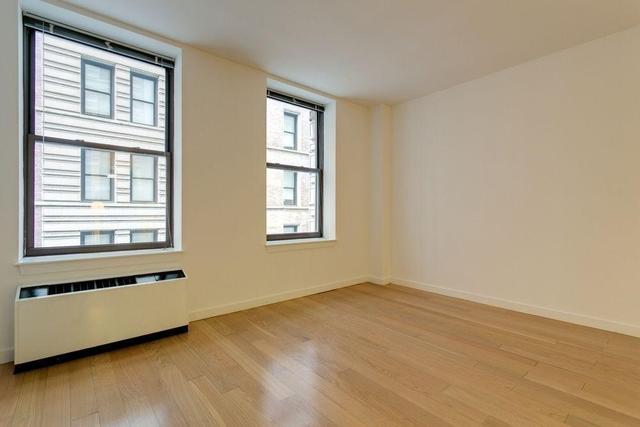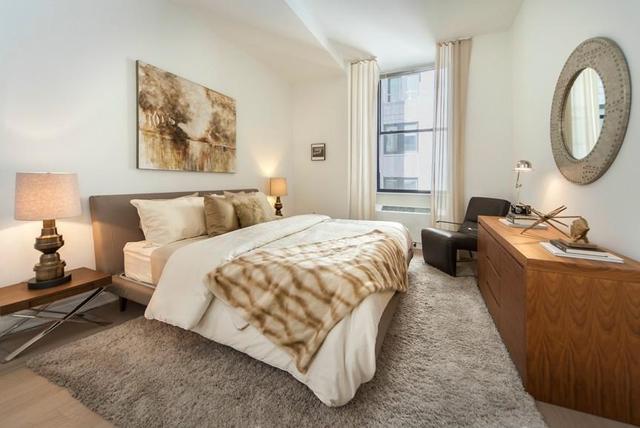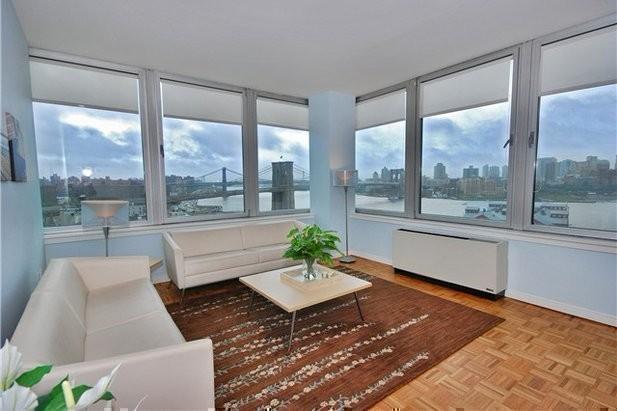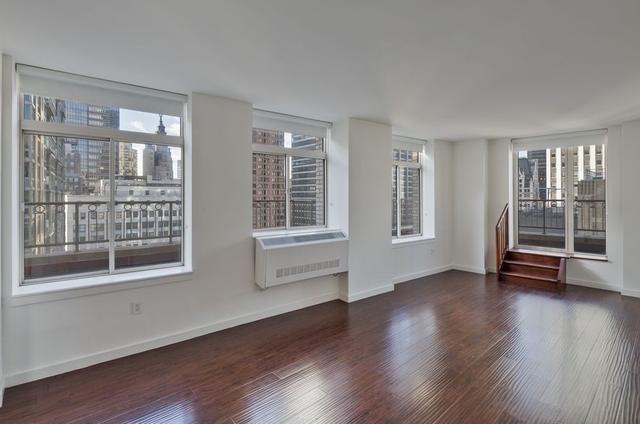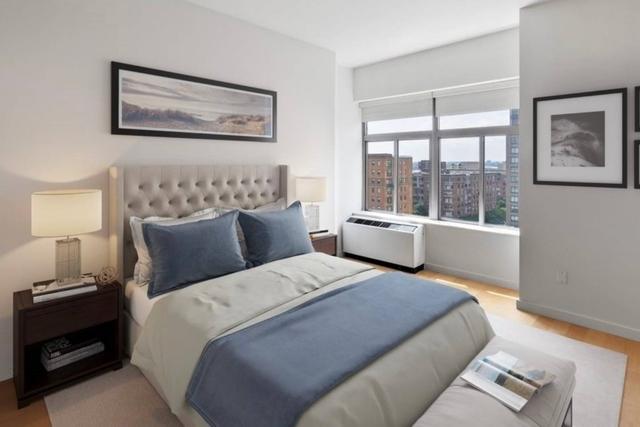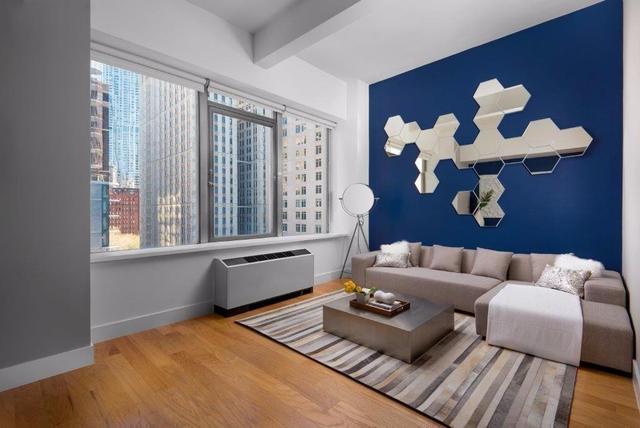
What Is a Craftsman House? History, Style, Features And Cost
By: ROS Team
Ever admired those charming homes with inviting front porches and earthy colors? Those are likely craftsman style houses! Having its roots in the Arts and Crafts movement, this enduring design emphasizes simplicity, natural materials, and custom-made details.
In this article, we’ll explore the rich history of Craftsman houses, look at their signature features, and discuss the cost of owning a piece of this architectural legacy.
What Is a Craftsman House?
A Craftsman house is a distinctive architectural style that originated in the late 1800s and early 1900s across America. It emphasizes handcrafted details, natural materials, and a straightforward yet practical layout.
These homes typically feature low-pitched roofs with broad overhanging eaves, exposed wooden beams, and porch columns or pedestals supporting the front entryway. Craftsman houses often incorporate woodwork, stone elements, and earthy color tones to create a warm, inviting ambiance.

Features of Craftsman Style House
- Craftsman houses use natural materials like wood and stone. This gives them a rustic charm.
- A fireplace is common in Craftsman homes. Its design often shows skilled craftsmanship.
- These houses have low-pitched roofs with wide overhanging eaves. This makes them look cozy.
- Front porches are a big part of Craftsman homes. They provide a welcoming outdoor space to relax and socialize.
- Tapered columns or pedestals support the front porch. These adds to the architectural character of the house.
- Built-in elements like shelving, seating, and cabinetry are often part of the interior design. They help optimize space and functionality.
- Multi-pane windows, often arranged horizontally, let in lots of natural light. Yet they keep the traditional Craftsman style.
History of American Craftsman House
At the beginning of the 1900s, craftsman style houses arose as a response to the overly ornate Victorian style. The British Arts and Crafts movement, which valued quality craftsmanship over mass production, inspired these homes.
Gustav Stickley, a furniture maker, played a key role in popularizing the Craftsman style through his magazine, “The Craftsman,” which even included plans for building your own Craftsman home.
California bungalows were particularly popular examples of this style, but Craftsman homes spread across the country. They remained fashionable until the 1930s and continue to be appreciated and revived today.
How Did Craftsman Homes Get Their Name?
Craftsman Homes derived their name from the influential magazine “The Craftsman,” published by Gustav Stickley during the early 20th century. Stickley, a key figure in the Arts and Crafts movement, advocated for a departure from the ornate and mass-produced designs of the Victorian era.

Pros and Cons of Craftsman-Style Houses
Pros:
- Sustainable: Craftsman houses often use natural materials and craftsmanship. This helps promote sustainability and being eco-friendly.
- Welcoming Style: Craftsman homes have a warm and welcoming feel. Things like front porches and handmade details create a cozy atmosphere.
- Design Versatility: Craftsman architecture allows homeowners to add modern features. Yet, it keeps the style’s traditional charm.
Cons:
- Restricted Space: Craftsman homes may have limited living space. The focus on handcrafted details and built-ins can restrict room sizes.
- High Maintenance: The intricate woodwork in Craftsman houses needs regular maintenance. This preserves their aesthetic appeal but can increase costs.
- Limited Floor Plan Options: Traditional Craftsman floor plans may lack flexibility. This makes adapting to modern, open-concept designs challenging.
Craftsman House Exterior Design Style
Craftsman exteriors are all about showcasing natural beauty and strong horizontal lines. Here’s a breakdown of their key features:
- Low-pitched gable roofs with wide eaves
- Exposed rafter tails
- Natural materials
- Wrap-around porches
- Craftsman windows
- Earth tones
Craftsman House Interior Design Style
Stepping inside a Craftsman house, you’ll find the focus on natural materials and handcrafted details continues. Here’s what to expect:
- Open floor plans
- Exposed beams and built-ins
- Earthy color palettes
- Craftsman millwork
- Stained glass accents
- Cozy fireplaces
Types of Craftsman Homes
Craftsman houses come in a few varieties, each with a slightly different look and feel:

1. Craftsman Bungalow
This style is the most typical Craftsman home. It’s usually a one-story house with a low-pitched gabled roof. Wide eaves and a welcoming front porch are common features. Bungalows are known for being cozy and affordable. They’re a popular choice among Craftsman enthusiasts.
2. Four Square Craftsman
The Four-Square Craftsman is a larger, more imposing two-story home. It has a boxy, symmetrical shape. But it still has Craftsman features like exposed beams and natural materials. This style offers more space for families.
3. Prairie Craftsman
Inspired by Frank Lloyd Wright’s designs, the Prairie Craftsman emphasizes strong horizontal lines. It has low, flat, or prairie-style roofs. Large overhanging eaves and open floor plans are characteristic.
4. Mission Revival Craftsman
This unique blend incorporates elements of Spanish Colonial architecture. Stucco exteriors, arched doorways, and terra-cotta roof tiles are common. But it also has classic Craftsman features like exposed beams and natural materials.
Why Invest in a Craftsman-Style House?
Craftsman houses offer enduring style, high-quality construction, functional layouts, and a connection to nature, making them a sound investment with lasting value and timeless appeal.
Bungalows vs. Craftsman
Bungalows are single-story homes, often embracing the Craftsman style. However, Craftsman is an architectural design that extends beyond just bungalows. It encompasses four squares and other variations too.
Bungalows prioritize a cozy, affordable living experience. In contrast, the Craftsman style emphasizes natural materials, exposed wooden beams, and intricate handcrafted details across diverse floor plans.
What Do Craftsman Houses Cost?
Craftsman homes showcase a wide price range, influenced by factors like location, size, and upkeep. A modest Craftsman bungalow might cost around $300,000, while a spacious, prime-location Craftsman could exceed $1 million. The price tag varies significantly, reflecting the diversity within this architectural style.
What Are Some Examples of Craftsman Homes?
The Gamble House in Pasadena, California, designed by Greene and Greene, is a classic example of the Craftsman bungalow style. It features a low-pitched gabled roof, deep eaves with exposed rafters, and a wraparound porch supported by tapered columns.
The Frank Lloyd Wright-designed Robie House in Chicago is another example of a Prairie-style Craftsman home. It features a low-pitched roof with wide eaves, horizontal lines, and a strong connection to the surrounding gardens.
Should I Buy a Craftsman-Style House?
If you are fond of timeless designs, quality materials, practical living areas, and connection to nature then a Craftsman house might appeal to you. Nevertheless, keep in mind that maintenance costs could be high while floor plans may place limitations on your space, unlike modern ones.
Craftsman Style House: FAQ’s
When Were Craftsman Houses Built?
Craftsman houses were primarily built during the early 20th century, emerging around 1900 and remaining popular until the 1930s.
Are Craftsman-Style Homes Popular?
Craftsman-style homes remain one of the most popular American architecture styles, appreciated for their timeless charm, craftsmanship, and versatility in design.
Are Craftsman Houses More Expensive to Build?
Craftsman-style homes are typically more expensive to build due to the intricate detailing and high-quality materials involved in their construction. The level of craftsmanship required can increase construction costs by at least 15% compared to more basic home styles.
Is Craftsman Style Timeless?
Yes, Craftsman style is considered timeless. The focus on natural materials, simple lines, and quality craftsmanship creates a lasting aesthetic that transcends passing trends.
What Is the Difference Between a Cottage and a Craftsman House?
Cottage refers to a general term for a small, cozy house, often with fairytale vibes. Craftsman is a design style with specific features like exposed beams and natural materials. A Craftsman bungalow could be considered a cottage, but not all cottages are Craftsman.
Where Can You Find Craftsman Homes?
Craftsman homes can be found throughout the United States, particularly in areas with a strong bungalow tradition like California and the Midwest. You can find them in historic neighborhoods, online real estate listings, or through renovation projects where a classic Craftsman is being restored.
What States Have Craftsman Style Houses?
Craftsman style house exist all over the United States, with Southern California having more of them than anywhere else. In addition to that, Washington and Oregon as well as some parts of the Midwest also have considerable numbers of Craftsman dwellings.
What Is Another Name for a Craftsman Style Home?
There is not one widely accepted alternative name for a Craftsman style home. However, “California bungalow” and “Arts and crafts house” are common names used instead.
What Is a Craftsman Farmhouse?
A craftsman farmhouse is not a defined architectural style; it blends features of farmhouses and craftsman’s works. It may incorporate exposed beams and natural elements typical of craftsman’s work with traditional farmhouse aspects like shiplap walls and an emphasis on open, spacious living areas. This fusion creates a distinct aesthetic that combines rustic charm with skilled craftsmanship.
Read Also:
What Is A Freestanding House
Understanding U Shaped Homes
What Is a Shotgun House
What is a Spec House



